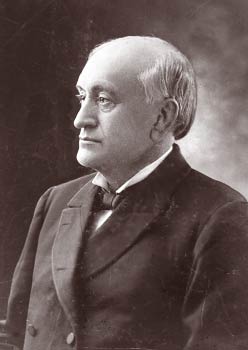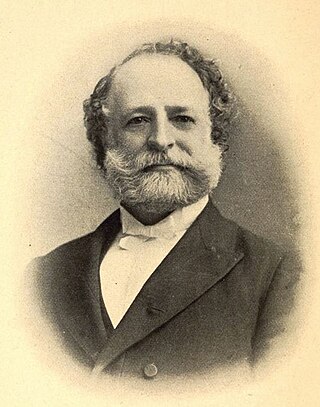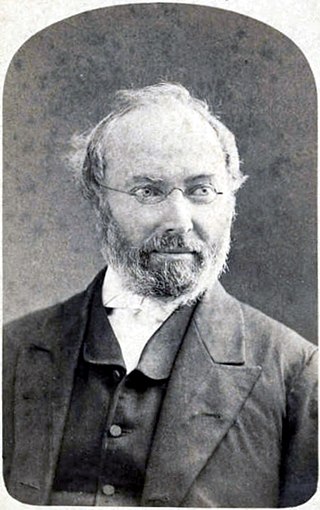
Springtown is a town in Parker County and Wise County, Texas, United States. According to the 2020 census, the population was 3,064.
Texas Wesleyan University is a private Methodist university in Fort Worth, Texas. It was founded in 1890 by the Methodist Episcopal Church, South. The main campus is located in the Polytechnic Heights neighborhood of Fort Worth. Its mascot is the ram.

Huston–Tillotson University (HT) is a private historically black university in Austin, Texas, United States. Established in 1875, it was the first institution of higher learning in Austin. The university is affiliated with the United Methodist Church, the United Church of Christ, and the United Negro College Fund. Huston–Tillotson University awards bachelor's degrees in business, education, the humanities, natural sciences, social sciences, science, and technology and a master's degree in educational leadership. It also offers alternative teacher certification and academic programs for undergraduates interested in pursuing post-graduate degrees in law and medicine.

Phineas F. Bresee was the primary founder of the Church of the Nazarene, and founding president of Point Loma Nazarene University.

Atticus Greene Haygood (1839–1896) was an American bishop of the Methodist Episcopal Church, South. He edited the Wesleyan Christian Advocate, served as president of Emory College, and wrote several publications.

George Foster Pierce (1811–1884) was an American bishop of the Methodist Episcopal Church, South who served as the first president of Wesleyan College and was also president of Emory University.

Hiram Abiff Boaz (1866–1962) was the President of Polytechnic College from 1902 to 1911, and of Southern Methodist University from 1920 to 1922. He then became an American bishop in the Methodist Episcopal Church, South.

William Alfred Quayle was an American Bishop of the Methodist Episcopal Church, elected in 1908.

James Whitford Bashford was a bishop of the Methodist Episcopal Church in the United States and the first bishop of the Methodist Episcopal Church in China.

Elijah Embree Hoss, Sr was an American bishop of the Methodist Episcopal Church, South, elected in 1902. He also distinguished himself as a Methodist pastor, as a college professor and administrator, and as an editor.
William Bryant Oden (1935–2018) was an American bishop of the United Methodist Church, elected in 1988. He was born 3 August 1935 in McAllen, Texas. He was married to Marilyn Brown Oden, the author of over eight books. They have four children and four grandchildren.
William Arthur Ward was an American motivational writer.

Gordon W. Lloyd was an architect of English origin, whose work was primarily in the American Midwest. After being taught by his uncle, Ewan Christian, at the Royal Academy, Lloyd moved to Detroit in 1858. There he established himself as a popular architect of Episcopal churches and cathedrals in the region, mostly in the states of Michigan, Ohio and Pennsylvania. In addition to churches, Lloyd designed several secular works, such as commercial buildings, residences and an insane asylum. Though his office was in Detroit, Lloyd lived across the river in Windsor, Ontario, Canada.

James Mudge (1844–1918) was an American Methodist Episcopal clergyman and writer, nephew of Zachariah Mudge, Methodist missionary in India during the latter half of the 19th and early 20th centuries.. He authored many works centered around religion and spirituality during his missionary career.
Wesleyan Academy was the first name of one of the oldest educational institutions of the Methodist Episcopal Church. It was established by Methodist clergy of New England in 1818. Originally located in New Market, New Hampshire, before moving to Wilbraham, Massachusetts, it was intended both for general educational purposes and for young men and women intending to enter the ordained ministry. It opened with ten students, 5 women and 5 men.

William Pope Harrison was an American Methodist minister and theologian, and was the 48th Chaplain of the United States House of Representatives. He was an author of books on Methodist theology, most notably The Gospel among the Slaves, the first comprehensive accounting of the religious beliefs of African American slaves in the United States.

George Whitaker was an American minister and university president in Texas and Oregon. A native of Massachusetts, he served as the president of Wiley College in Texas, along with Willamette University and Portland University in Oregon. A Methodist trained preacher and graduate of Wesleyan University, he also worked as a pastor across the country in the late 19th century, primarily in New England.

Thomas OsmondSummers was an English-born American Methodist theologian, clergyman, hymnist, editor, liturgist and university professor. He is considered one of the most prominent Methodist theologians of the nineteenth century.

Charles Francis Rice was a prominent minister and author. He was a member of the New England Conference of the Methodist Episcopal Church for 50 years, serving as a District Superintendent for five years and as President of the Massachusetts Federation of Churches for 10 years.
Albertus Theodore Briggs was a Methodist Episcopal minister for more than 40 years, and a District Superintendent in the Hammond and Greencastle districts in Indiana. For years, he was the President of the Preachers Aid Society, now the United Methodist Foundation of Indiana.















